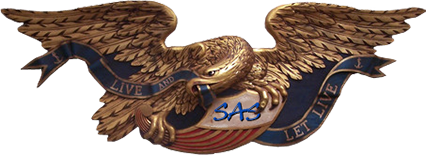- March 27, 2025, 11:08:51 PM
- Welcome, Guest
- Special Aircraft Service >
- Individual Mods and Packs for IL-2 1946 >
- Aircraft >
- Jets >
- Topic: Vought pack (full) V1.2 20180928
 Author
Topic: Vought pack (full) V1.2 20180928 (Read 49951 times)
Author
Topic: Vought pack (full) V1.2 20180928 (Read 49951 times)
0 Members and 1 Guest are viewing this topic.
- Special Aircraft Service >
- Individual Mods and Packs for IL-2 1946 >
- Aircraft >
- Jets >
- Topic: Vought pack (full) V1.2 20180928


